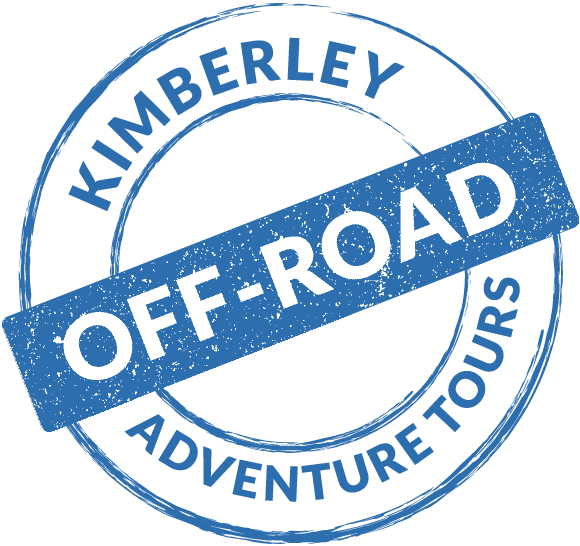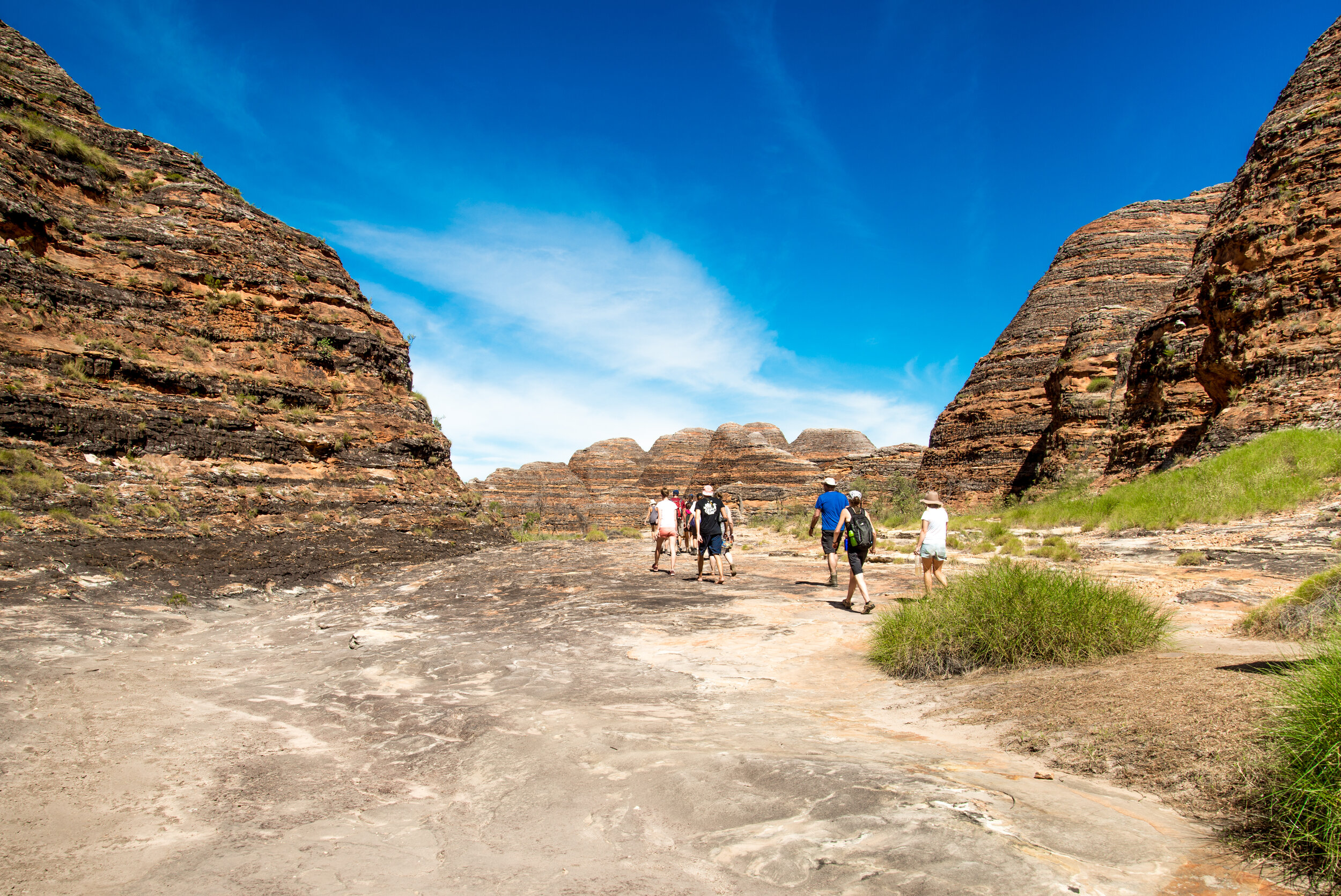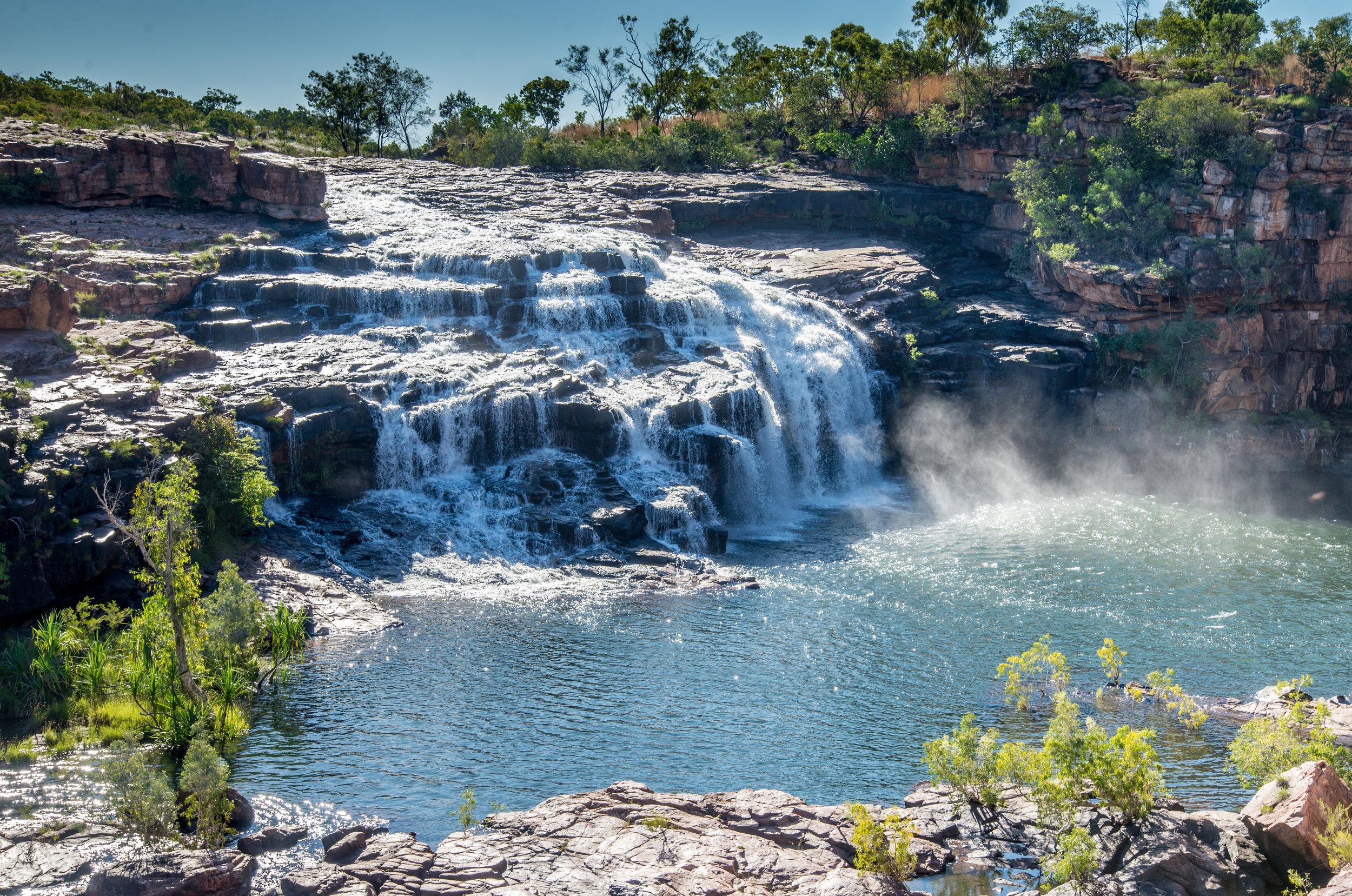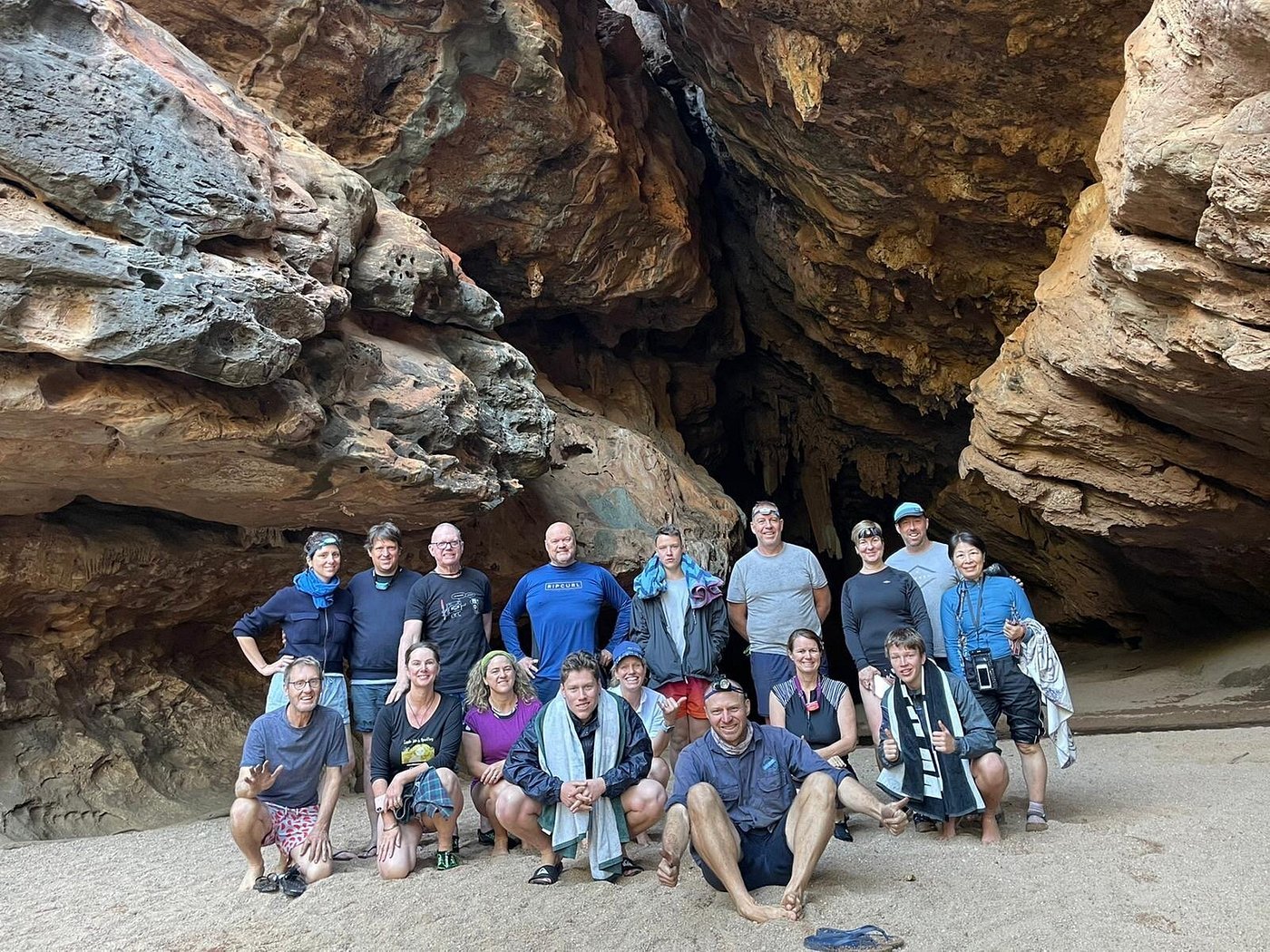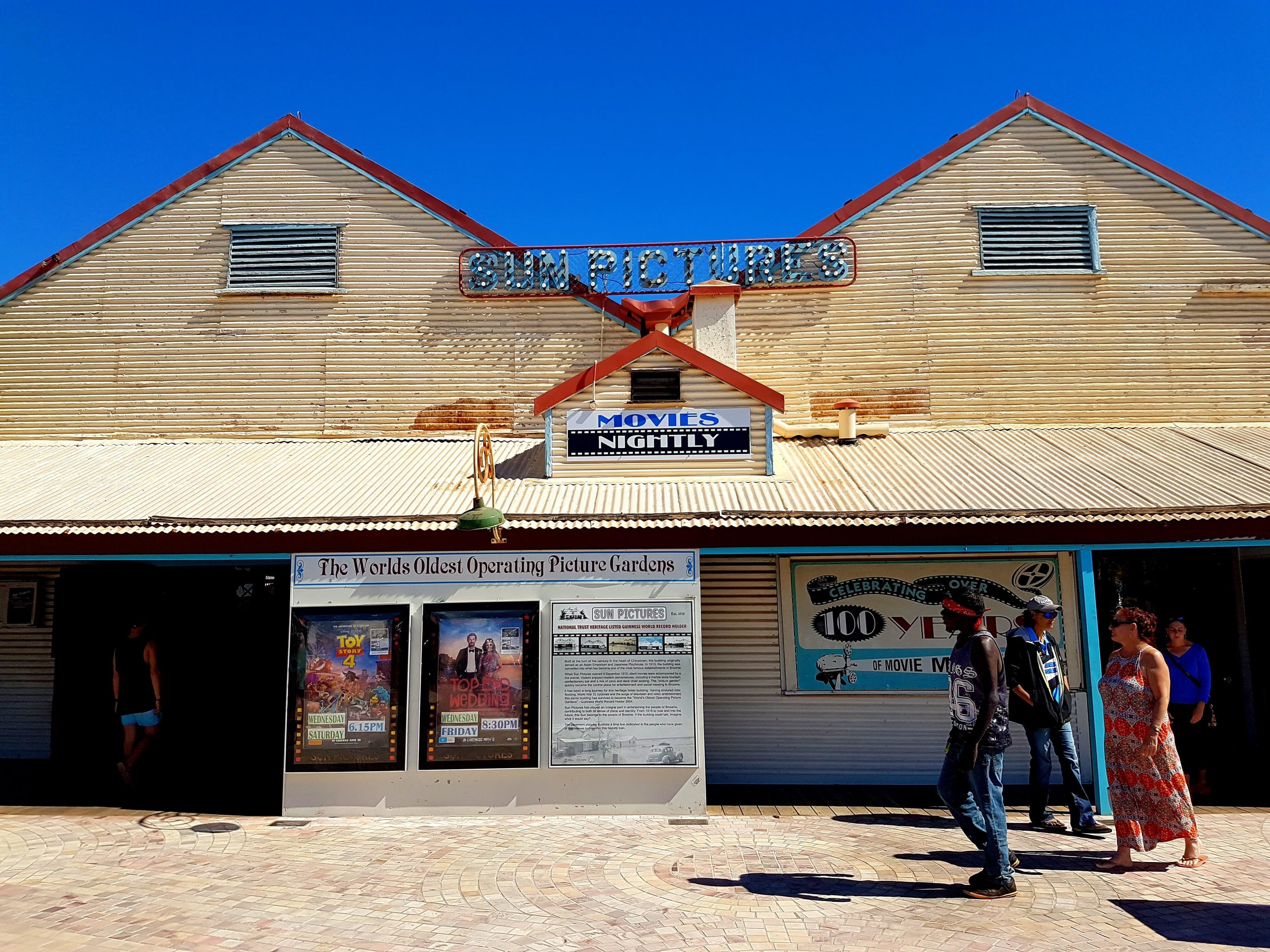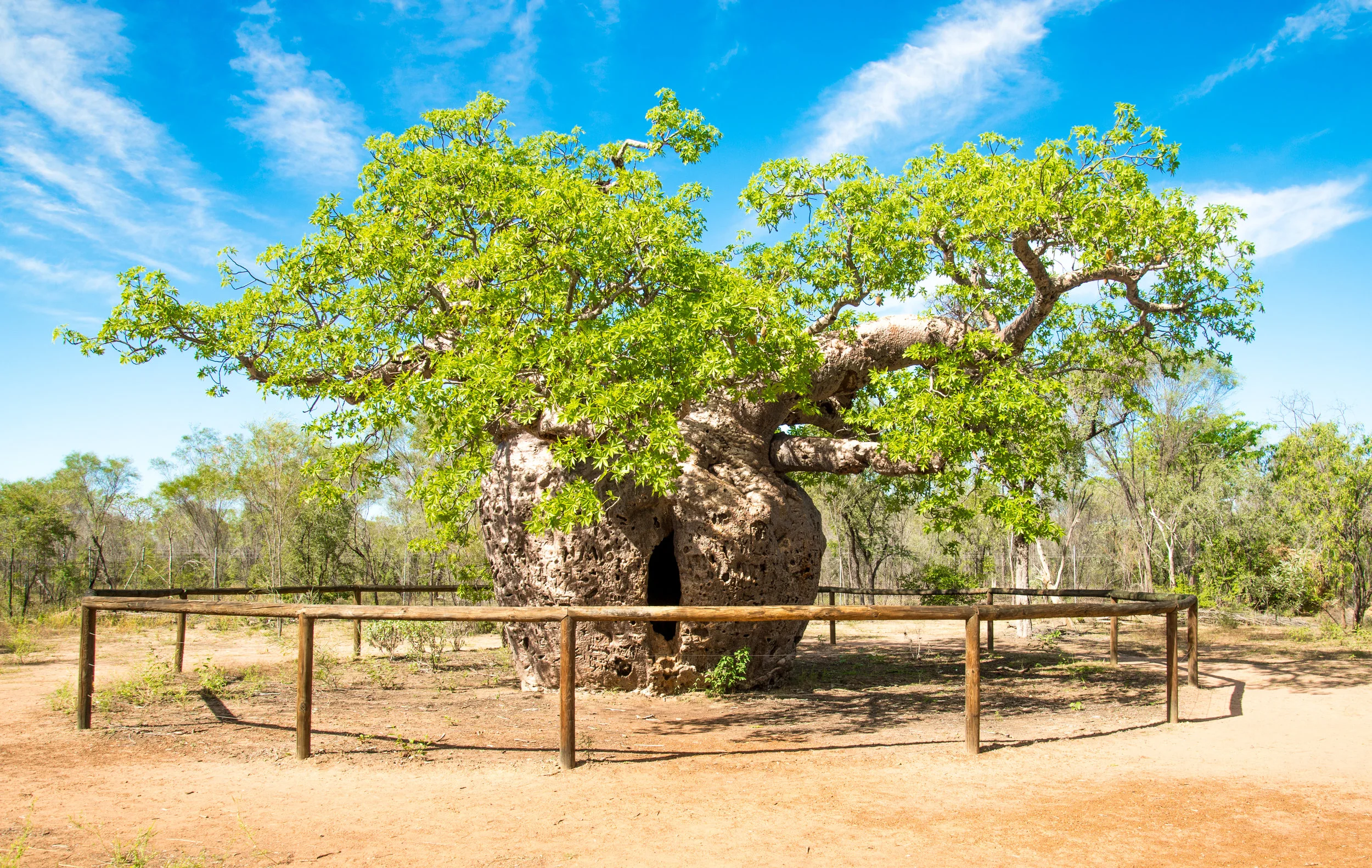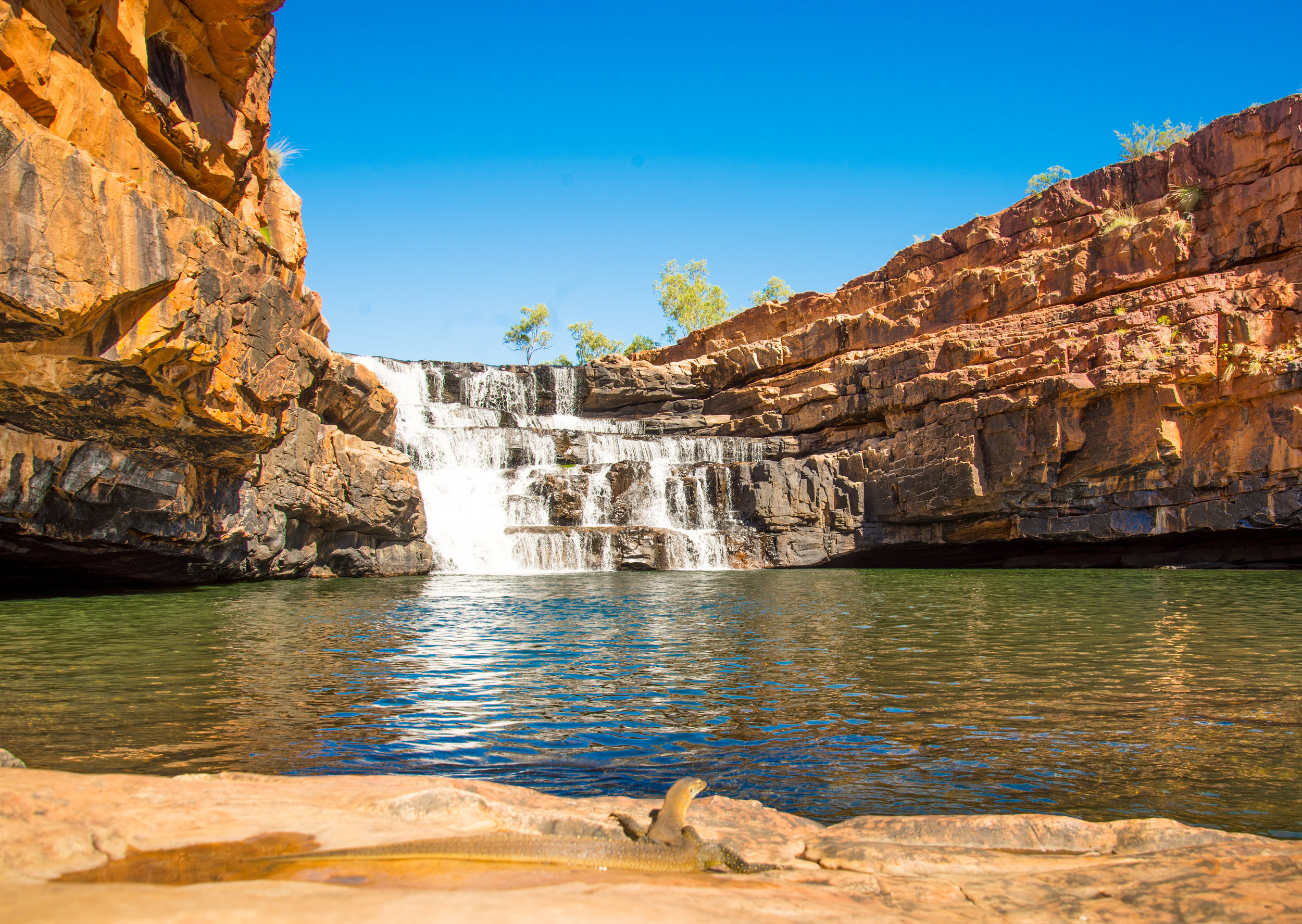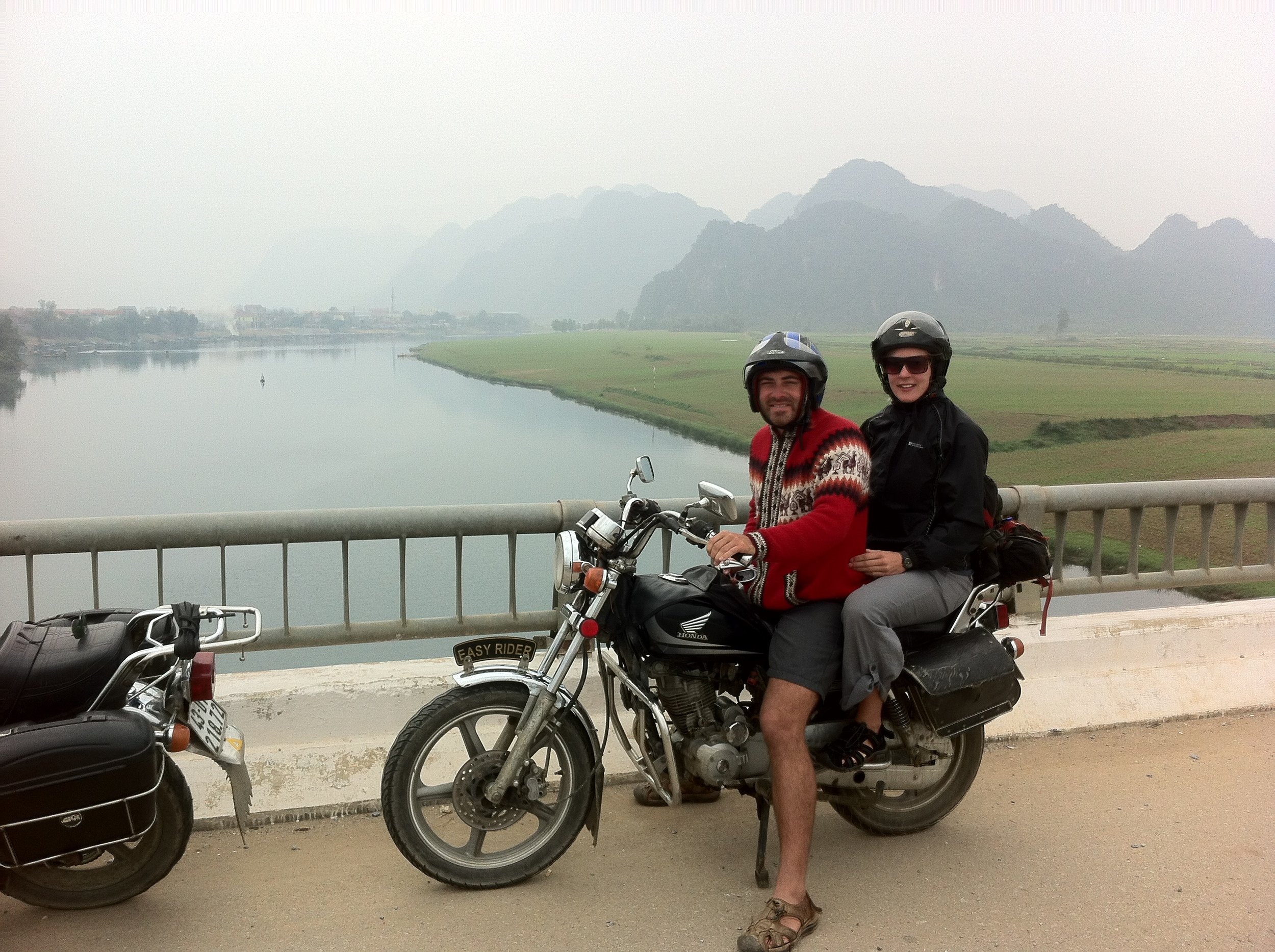If you are looking for the best time to visit the Kimberley in Western Australia, May is the month. After working in the Kimberley region for almost 20 years we have many reasons to believe this. We have narrowed it down to our top three which are explained below.
Manning Gorge, Gibb River Road, Kimberley WA
Bell Gorge, Gibb River Road, Kimberley WA
Unbeatable Scenery
Vast landscapes and towering gorges coloured by luscious greenery and pounding waterfalls. The Kimberley’s wet season runs from December to March, and can overflow into April too. This is when we expect high rainfall and many attractions are closed due to flooded roads. Coming off the back of the wet season, the month of May allows you to enjoy all the benefits of the water, without the rain. The wet season brings everything to life, and landscapes show-off their colourful, breathtaking beauty, and the waterfalls along the Gibb River Road (Emma Gorge, El Questro Gorge, Manning Gorge, etc) are full, captivating, and dramatic. The water drains off the roads, enough that the must-see places such as Purnunulu National Park and El Questro station are open for visitors; the Gibb River Road gets the green light and swimming holes are accessible again. To top it all off, the places are untouched; they have not had visitors for months and so your footprints are among the first for the year.
Sunset at Lake Argyle, Western Australia
Cooler Weather
As the Kimberley season begins, May is the first month where the humidity begins to drop to a more comfortable level; daytime temperatures are around 30-35 degrees and nighttime temperatures are a cool 18 degrees. You can freshen up in the peak of the day by diving into waterfalls and swimming holes.
Purnululu National Park (Bungle Bungles), Kimberley WA
Enjoy the Kimberley, WA without the crowds
May is the first month which guarantees everything will be open. With this assurance you can venture into the Kimberley and be among the first to witness the waterfalls and rivers; a spectacular sight after all the rain from the wet season. The Kimberley is quieter than in the later months because people are often not aware of the benefits of traveling in May, and choose to travel in the busier months of June, July, and August. May is a fantastic time to visit the WA’s Kimberley and complete the Gibb River Road, because you are seeing everything at its best but without the crowds.
You can check out our May departures for traveling the Kimberley and completing the Gibb River Road in 2025 or 2026 below.
